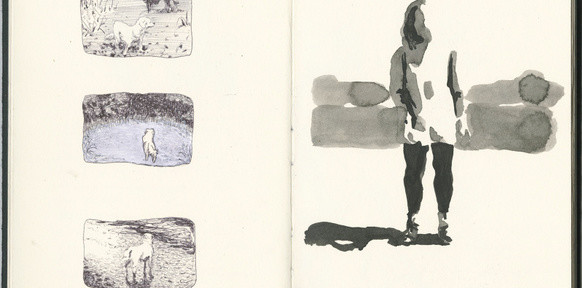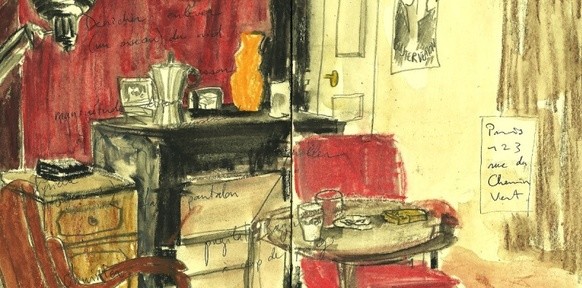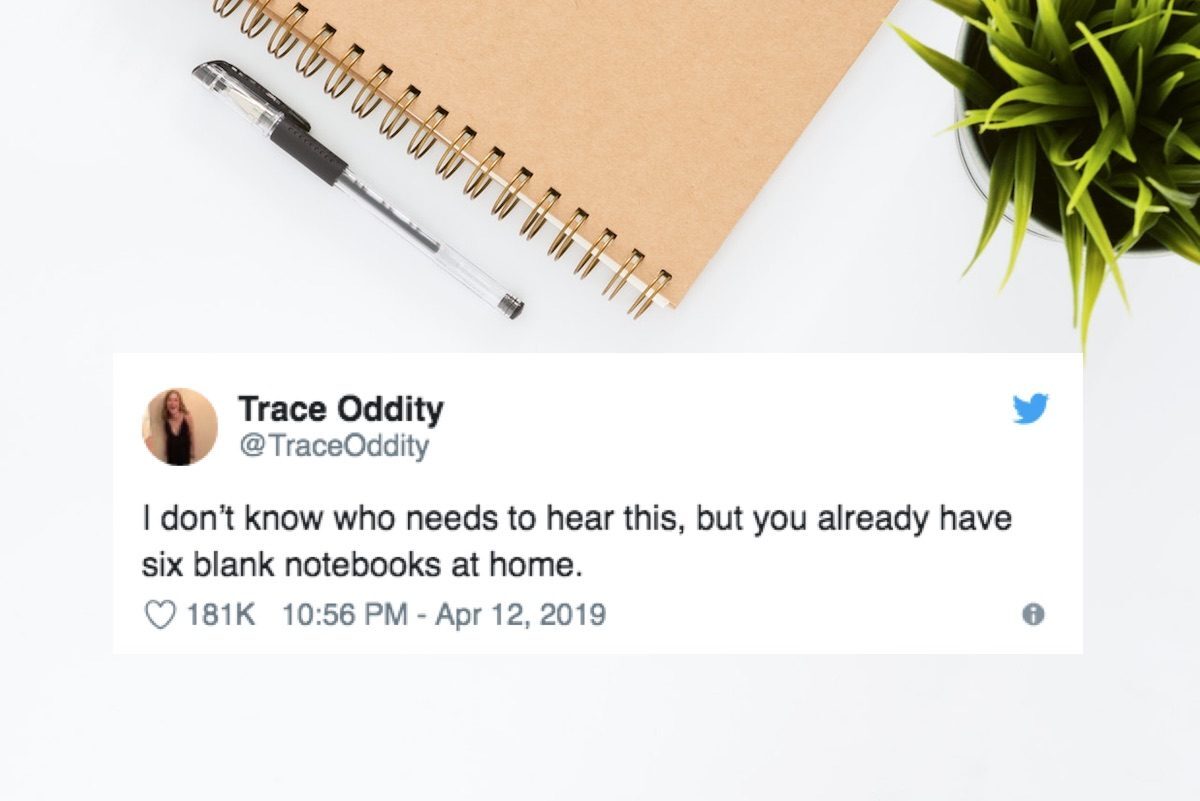When I first heard about the Endeavor Notebooks Kickstarter campaign last year, I was excited enough to take the plunge and pledge almost $50 as an early bird. I loved the aesthetics of the notebook, and the unusual method of attaching a refill notebook that could stand alone to a simple leather cover. So did the finished product live up to expectations? Let’s take a look.

I ordered a black leather pocket size cover, with a grey plain paper refill notebook, plus one extra refill in brown with dot grid paper. Each comes packaged with a paper belly band with branding info. The design is elegant and simple. When I unwrapped the leather notebook cover, I found it a little softer than I had expected. It’s not the most luxurious leather I’ve ever encountered, but it’s supple and smooth and without flaws, other than slight unevenness in the sealing of the edges, which really didn’t bother me. The screws that show on the spine give it a bit of industrial detail. There is a subtle logo on the back. The cover is about 4 x 6″ so it overhangs the refill notebook more than I’d wish. (Shown with a pocket size hardcover Moleskine for comparison below.) Otherwise, the cover is fine– not exciting like “ooh I love this luscious leather notebook,” but fine.

Endeavor notebook screws on spine to attach refill 
Endeavor notebook leather cover 
Endeavor notebook refill attachment at spine 
Endeavor notebook back cover logo 
Endeavor notebook compared to Moleskine 
Endeavor notebook cover overhang 
Endeavor notebook compared to Moleskine
But what bugged me is that for some reason, the way it attaches to the refill causes it to go a bit askew. I can’t quite figure out why it’s happening, but I think it is that the spine of the refill is a bit off square. Since the cover attaches via screws to a metal strip that you slide into the spine of the refill, the crookedness of the refill throws off the whole thing. It’s not off by a huge amount, and it doesn’t affect the function of the notebook, but I do get annoyed by things like this.

Inside the Endeavor notebook 
Endeavor notebook cover with charcoal grey refll 
Endeavor notebook refill inside front cover 
Endeavor notebook refill opens flat 
Endeavor notebook refill inside front cover
When you open the notebook, you see the front cover of the refill. Unlike most refillable notebook covers, the attachment at the spine means the refill covers aren’t tucked in a pocket. I love the color scheme of the refills, especially the charcoal grey with black spine. The cover cardboard has a nice texture to it as well.

Endeavor notebook refill 
Endeavor notebook refill 
Endeavor notebook refill with dotted pages 
Endeavor notebook refill spine and cover curling 
Endeavor notebook refill spine
Unfortunately, I think the refill design has some flaws. The endpapers are glued to the single sheet of cardboard that forms the cover. I think these two different papers absorb humidity differently, which makes the cover curl, and you can see some wrinkling of the endpapers. I guess they’ve gotten a lot of complaints about this, as they now have a disclaimer about “dry climates” on their website. For what it’s worth, my notebook curled up during a fairly humid summer when I had no A/C, and is still curled over a winter with forced air heating.

There is a ribbon marker, and the refill opens nice and flat. Its flexibility makes it a nice stand-alone pocket notebook, but when it’s not in the cover, the extra room in the spine looks a bit odd, and of course you see the holes for the screws.
Then there is the paper. Oh dear. Endeavor Notebooks are claimed to have 80 GSM fountain friendly paper, but this paper is not very fountain pen friendly. It’s a bright white with a smooth texture, not so very different from standard printer paper. It works fine with pencils or fine gel ink pens, but some of my fountain pens and other wet pens bled through, and several fountain pens were also feathery. Very fine nibs and certain inks were ok, but the paper performance is definitely disappointing. I did not test the dot grid paper, but it feels the same. I also found the dots a bit too big and bold for my taste.


“Disappointing” is the word I’d have to use for this notebook overall. It’s not a terrible notebook– a lot of things about it are quite nice, but it doesn’t really live up to what it was promised to be, and doesn’t seem worth its rather high price. I guess that is the risk you take with Kickstarter projects. I do like the concept, and I’m curious to see how I might be able to adapt the cover, perhaps finding a way to insert the metal spine bracket into some other notebook with a looser spine. (I recently noticed another notebook maker is offering this same concept: Murdy Creative’s No. 2 leather notebook cover attached via a metal bracket and screws on the spine, and comes with a Piccadilly notebook inside. They say it can be used with any other A5 Moleskine-type notebook, but you do have to punch holes in the notebook spine for it to work.)
Endeavor Notebooks are still available via their website, in large and small sizes, and 3 colors. The current price for the basic starter kit of a cover with one refill is $49 for this pocket size, and $69 for the 5.5 x 8.5″ larger size. Additional refills are $9 for pocket size and $12 for large. I try to factor in the value of supporting independent small businesses, but I still feel like those prices are just too high for what you get. I’m not sure if they plan to produce any other products, and I wonder if they will be successful enough to go on producing their refills, given that they’ve marketed their notebook as a buy-for-life, “heirloom quality” product. I do hope they are able to address the problems with their initial run in terms of paper quality and the binding of the refills, but until then I can’t really recommend it.














































